初始化
清晰过渡到 AR
通过视觉元素告知用户他们即将从 2D 屏幕过渡到 AR 模式。您可以在即将发生过渡时调暗手机显示屏,或使用特效对屏幕进行模糊处理。
在某些应用中,AR 体验中只有一部分会发生。
尽量让用户顺畅地过渡到 AR。让用户启动从 2D 界面到 AR 的过渡。当用户拥有控制权时,这种限制不会显得不显眼。
您可以添加一个按钮(例如 AR 图标),让用户自行触发启动。
轻轻地让用户进入您的 AR 环境。使用简单的过渡,例如动画或淡出。
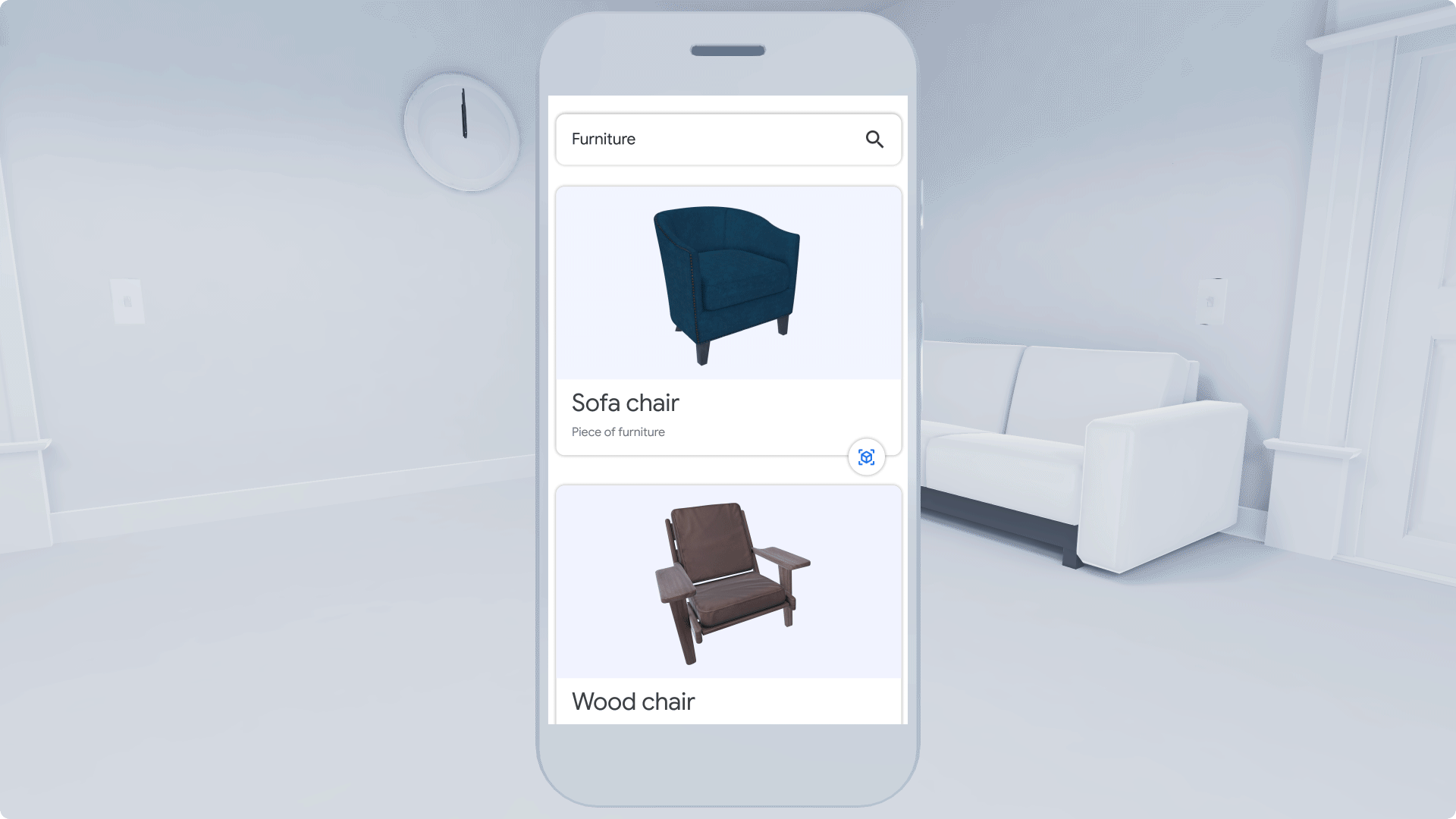
屏幕外探索
通过视觉或声音提示鼓励用户探索屏幕外。
视觉提示可以推动用户探索周围的更强大的 AR 世界。例如,让一只鸟离开屏幕,直到用户关注它为止。这种移动有助于引导用户完成预期目标。
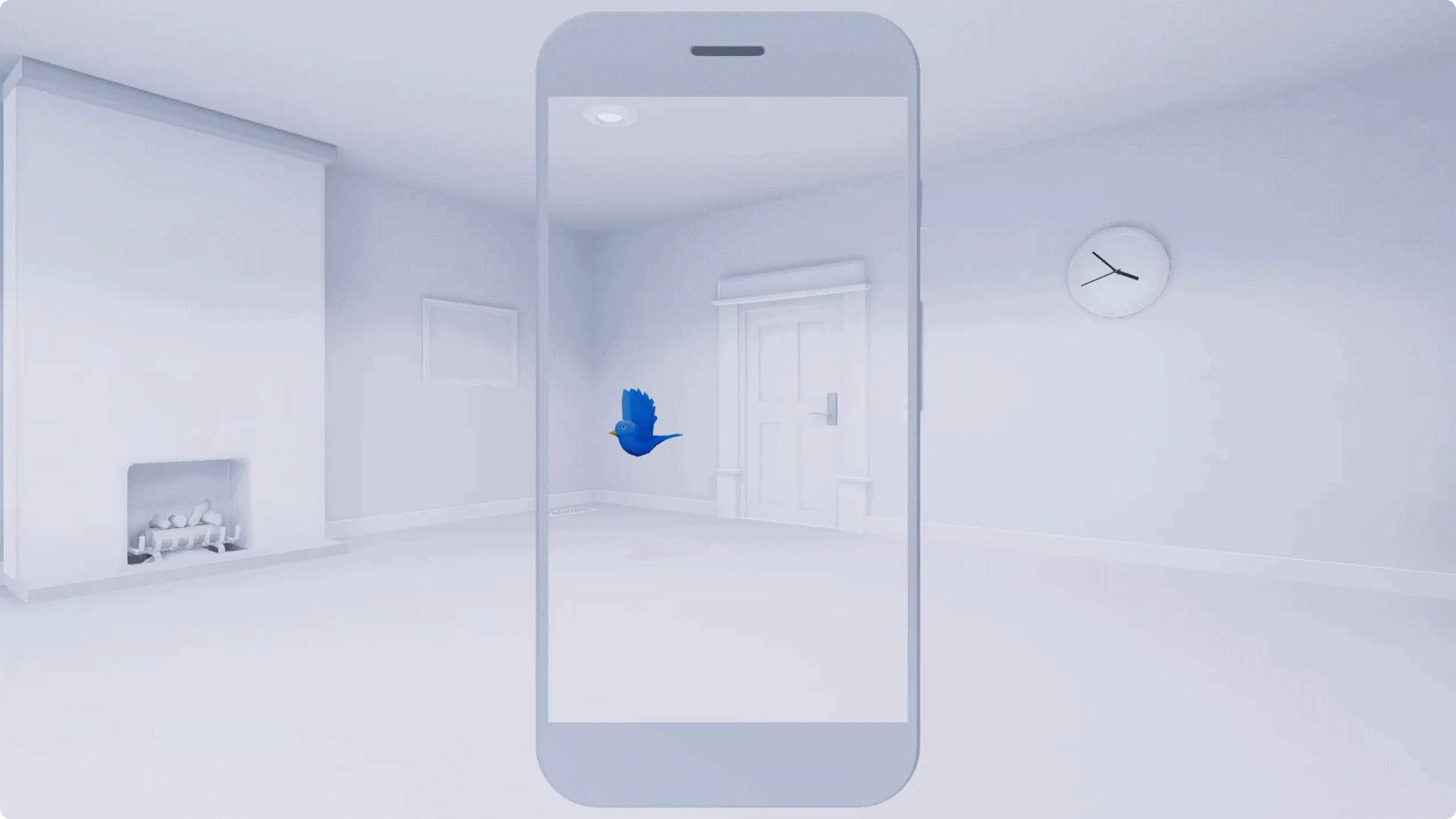
促使用户探索屏幕外空间
音频探索
使用音频提示来提升用户体验并鼓励用户互动。
音频可鼓励用户与应用互动并探索 360 度全景环境。确保音频能够增强体验,而不是分散观众的注意力。
如果您使用音频制作 3D 对象或 360 度视频,请注意以下几点:
- 避免同时播放声音
- 添加衰减效果,以适中的音效
- 将音频设置为在用户未与对象互动时淡出或停止
- 允许用户手动关闭个别对象的音频
深度碰撞
始终考虑用户的空间。
当虚拟物体看起来与现实世界中的物体相交时,为了避免深度碰撞,请注意合理的房间大小和用户可以使用您的应用的各种环境。
提前设定预期,明确说明体验需要多少空间,从桌面到整个房间,再到世界级空间。
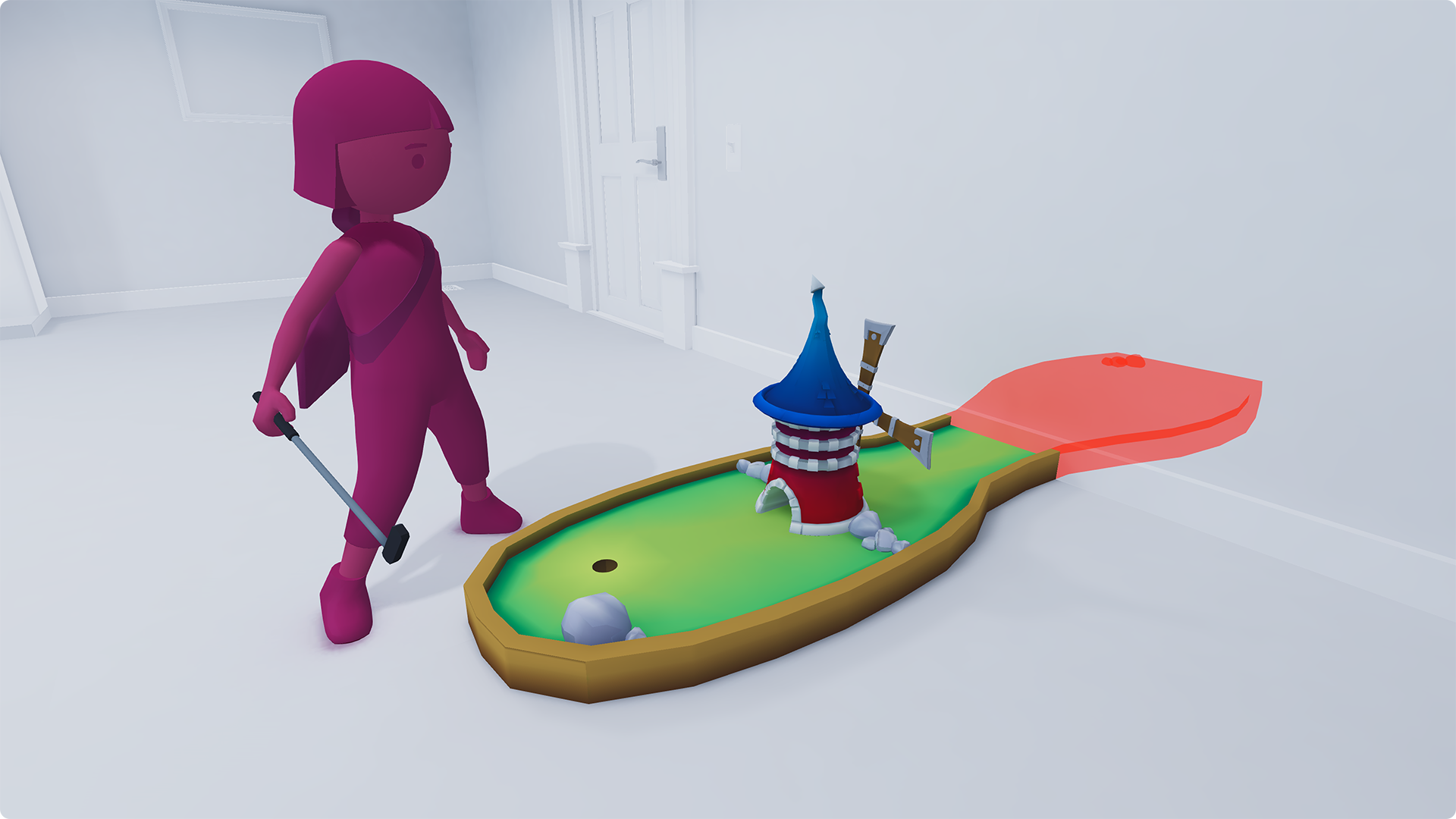
让用户了解您的体验需要多少空间
对象内部
尽管用户可以将手机置入虚拟世界的物体中,但这打破了您正在创作的现实场景并破坏了沉浸式的画质。出现这种情况时,应告知用户不应该出现在他们面前。
视觉提示可帮助用户避免这些意外碰撞。当您想要说出“你不应该在这里!”时,将物体内部模糊处理。
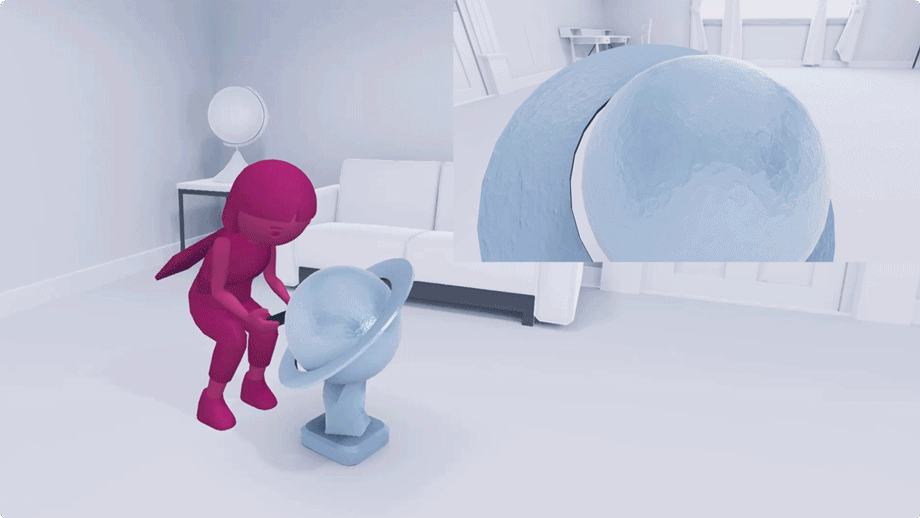
直观地告知用户他们刚移到了对象中
重置
允许用户根据需要重置体验。
让重置过程快速而轻松,让用户在完成操作后可以立即开始体验。
多人游戏体验
多人游戏体验可让不同用户共享相同的 AR 环境。某个用户设备上显示的对象会向所有用户显示。
- 玩家 1 检测到一个表面
- 玩家 2、3 和 4 通过靠近玩家 1 检测到同一表面
- 该应用可识别所有玩家并将他们联系起来!现在,所有人都可以共用相同的 AR 环境。
与单人体验相比,多人游戏体验可能需要更多掌控力。引导用户完成每一步。尝试尽可能顺畅地建立连接。
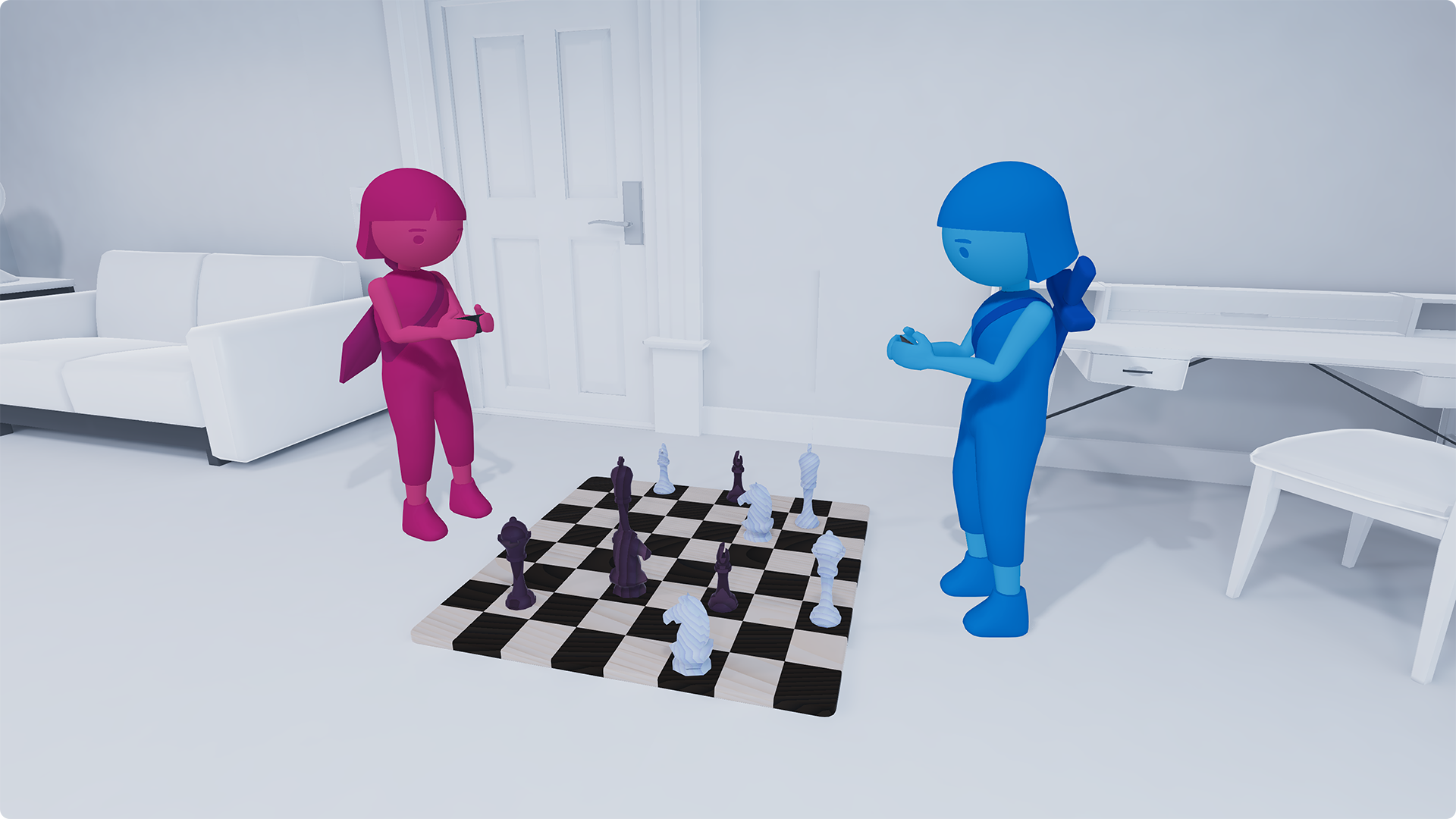
随着更多用户加入,请鼓励他们离第一位用户更近一点。孩子的设备连接速度会更快。

